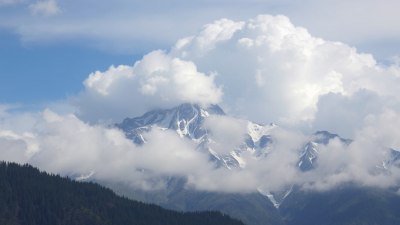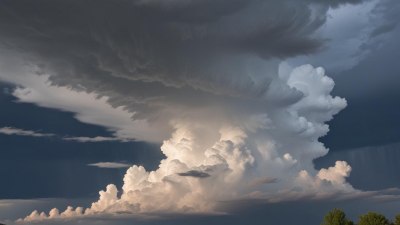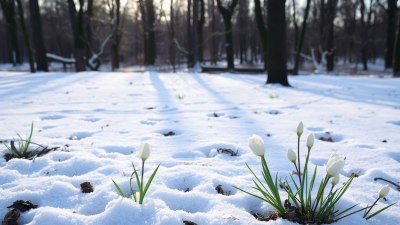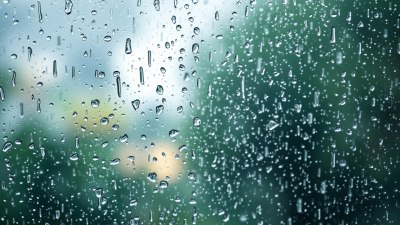Why Walking Five Blocks Feels Like a Marathon in the Wrong Climate
Explore how climate impacts physical exertion, making short walks feel labored in extreme weather.

Image by arthurhidden on Freepik
Walking has long been heralded as one of the simplest and most effective forms of exercise. A universal activity, it is often seen as a reliable method to improve health, connect with nature, or simply take a break from our often chaotic routines. However, recent experiences have led many to feel that something so simple can become extraordinarily challenging under specific conditions. For instance, have you ever felt like you just completed a marathon after walking only five blocks? This bizarre phenomenon is largely due to the impact of climate on our physical exertion. In this article, we will delve into the various factors at play, examining how different climates can drastically influence our walking experience.
The Effects of Temperature
One of the most significant elements that can alter the ease of walking is temperature. When the thermometer rises above a comfortable level, our bodies initiate several physiological responses to compensate for the heat. As we walk, our muscles generate heat, and to maintain a stable internal temperature, our bodies divert blood flow to the skin, which can lead to a higher heart rate and increased respiratory rate. This can make even the most simple physical activity feel daunting. On the flip side, extremely cold temperatures can also pose challenges. The body must work harder to maintain its core temperature, and the energy required for this can contribute to increased fatigue over short distances.
Humidity: The Hidden Challenge
Humidity plays an equally critical role in how our bodies respond to climate while walking. High humidity can drastically impair our body's ability to cool itself down through sweat evaporation. As moisture in the air rises, our sweat cannot evaporate effectively, meaning our body temperature can skyrocket, leading to feelings of exhaustion faster than one might anticipate. Walking even a modest distance can feel like an uphill battle in such conditions, as we grapple not just with the heat, but with our body's inability to regulate itself efficiently. Conversely, low humidity can produce its own challenges, including dehydration, which drains energy and diminishes stamina.
Air Quality: Breathing in the Elements
Air quality also plays a pivotal role in how comfortable and effective our walking experience can be. Walking in urban areas, especially during a smoggy day or near heavy traffic, can significantly impact lung capacity and endurance. Pollutants and allergens reduce the quality of oxygen we breathe, and when our lungs don’t receive adequate oxygen, our physical performance can suffer. Consequently, short walks can feel laborious, as our bodies struggle to filter through the impurities in the air while also trying to deliver enough oxygen to our working muscles.
The Psychological Element
Interestingly, the mind's perception often plays a powerful role in how we experience physical exertion. Walking five blocks may seem like a breeze on a pleasant day, but during extreme weather conditions or in poorer air quality, our mental state can heavily influence our perception of effort. When we are faced with discomfort, whether from heat, humidity, or other unfavorable conditions, our minds may magnify our fatigue, making each step feel heavier. This psychological hurdle can often be as challenging as the physical struggle itself, adding a layer of mentally-induced fatigue to an already demanding experience.
The Role of Gear and Preparation
When considering the impact of climate on our walking experience, it's also essential to account for the gear we use. Proper footwear is vital when it comes to walking comfortably. Shoes that provide good arch support can dramatically decrease discomfort, while poorly fitted shoes can make even short distances feel torturous. In addition to shoes, clothing choice plays a crucial role in regulating body temperature during walks. Lightweight, moisture-wicking fabrics are essential for warmer climates, while thermal layers help to keep warmth during colder conditions. Wearing the right gear can promote a comfortable walking experience, while inadequate attire can significantly detract from mobility and increase feelings of fatigue.
Adapting to Your Environment
To counteract the challenges presented by extreme weather conditions, it is vital to tailor one's walking routine to fit the environment. Scheduling walks in the cooler parts of the day—either earlier in the morning or later in the evening—can greatly improve comfort levels. Additionally, when faced with high humidity or heat, making shorter but more frequent walking excursions throughout the day can prevent fatigue associated with longer sessions. On colder days, dressing in layers can allow for flexibility, shedding clothing as necessary to keep temperatures regulated while walking.
Staying Hydrated
One of the most critical aspects of tackling challenging outdoor conditions is ensuring proper hydration. Our bodies lose fluids through sweat, especially in hotter conditions, and maintaining an adequate intake can prevent fatigue and keep energy levels high. Keeping a water bottle on hand while walking is a simple but effective strategy to ensure you’re rehydrating as you exert effort. Additionally, incorporating electrolyte-rich drinks can help restore any lost minerals and further enhance endurance.
The Community Factor
Lastly, the social aspect of walking cannot be overlooked. Walking in groups can often elevate the experience, making it feel more manageable, even in challenging conditions. When surrounded by friends, colleagues, or family members, the enjoyment derived from social interaction can reduce the perceived difficulty of walking. Moreover, group walks often lead to conversations, distractions, and shared motivation, making short distances feel less like a challenge and more like a social outing.
In conclusion, while walking is a universally beneficial activity, its ease can be dramatically influenced by weather and climate. Factors such as temperature, humidity, air quality, psychological perception, proper gear, preparation, hydration, and social engagement all contribute to the overall experience. Understanding how these components interact can empower individuals to take control of their walking habits, regardless of environmental challenges. Next time you step out for a walk and feel as though you’ve just completed a marathon after a few blocks, take a moment to consider how climate has played a role. Adapt your approach and remember to give yourself grace when the weather is less than conducive. Walking is a journey worth taking, and with the right mindset and preparations, you can navigate any landscape.











